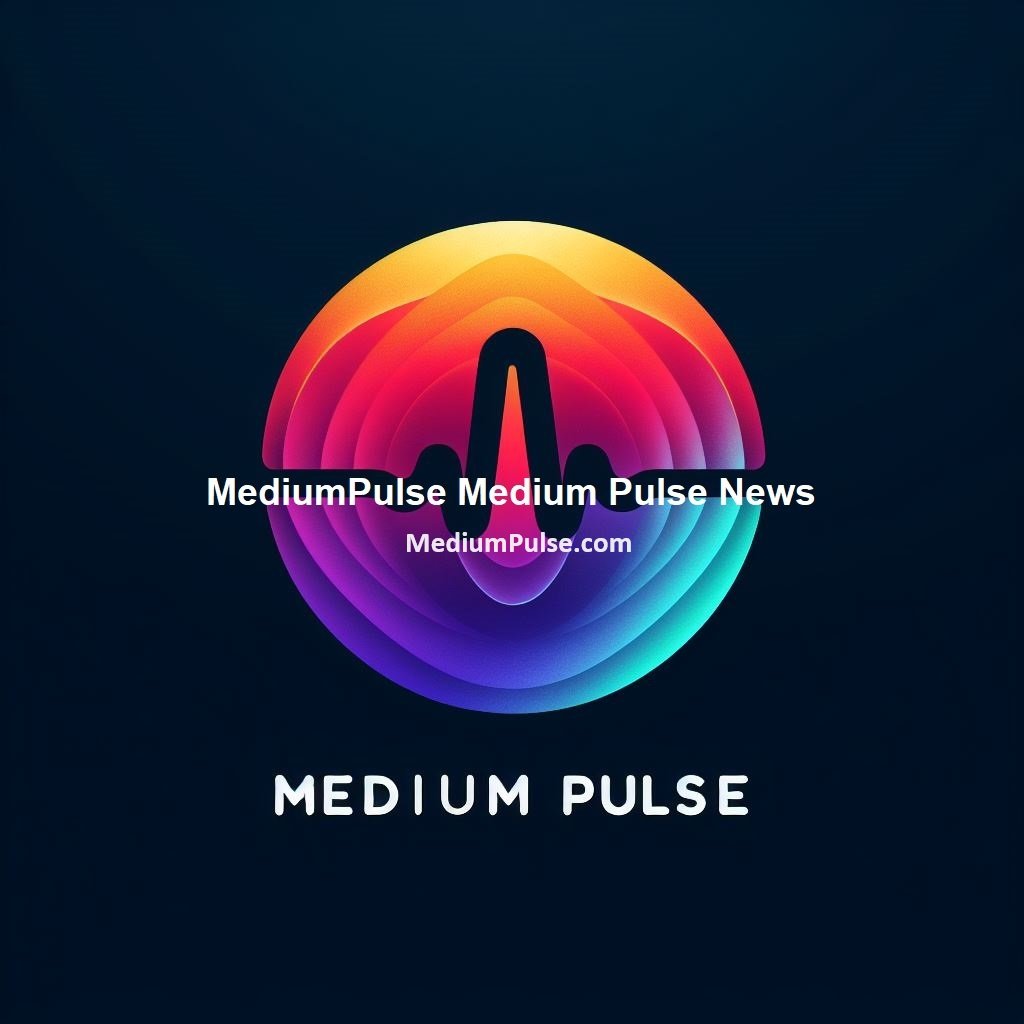Bright Moonlight Could Interfere with View of Perseids’ Peak
The bright moonlight in 2025, near full and about 84-90% illuminated during the Perseids’ peak on August 12-13, will significantly interfere with viewing the meteor shower’s display. Instead of the usual 60 to 100 meteors per hour visible under dark skies, observers can expect to see only about 10 to 20 meteors per hour because the bright moonlight washes out the fainter meteors.
Experts recommend watching the Perseids a week or so after the peak when the moon is less bright for better visibility. The best viewing times remain the early predawn hours when the radiant point in the constellation Perseus is highest, but skywatchers should look away from the moon and avoid light pollution to maximize sightings.
Despite the moonlight interference, the Perseids still produce bright meteors and fireballs, which should be visible even with the moon’s glare. Observers are advised to get comfortable in a dark rural spot, face away from the moon, and give their eyes time to adjust to the darkness to catch these spectacular shooting stars. The Perseids are visible from mid-July until August 23, with the peak being the most active period.
Bright moonlight during the 2025 Perseids peak will lower visibility by about 75%.
Expect roughly 10-20 meteors per hour instead of 60-100.
Viewing later after the peak when the moon dims is recommended.
Best viewing in early morning, looking away from the moon, in dark surroundings.
Some bright meteors and fireballs will still be visible despite the moon.

